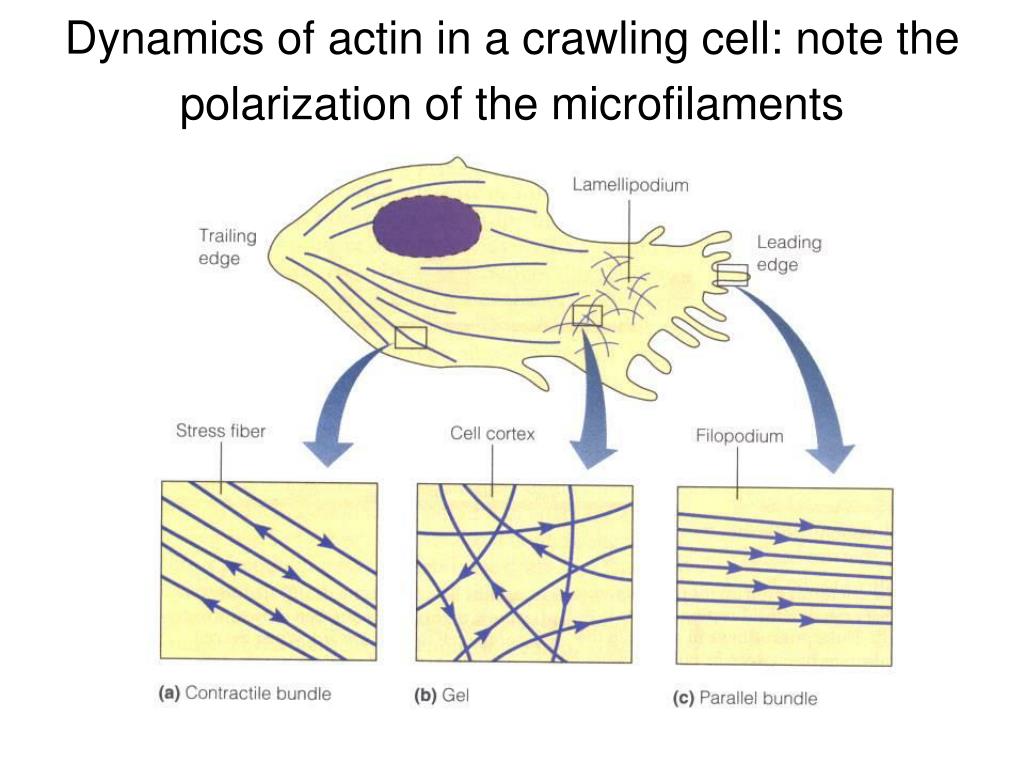
The limit of this type of digestion is that food particles must be smaller than individual sponge cells.Īll other major body functions in the sponge (gas exchange, circulation, excretion) are performed by diffusion between the cells that line the openings within the sponge and the water that is passing through those openings. In sponges, in spite of what looks like a large digestive cavity, all digestion is intracellular. In some sponges, amoebocytes transport food from cells that have ingested food particles to those that do not. However, particles that are larger than the ostia may be phagocytized at the sponge’s surface by pinacocytes. Bacteria smaller than 0.5 microns in size are trapped by choanocytes, which are the principal cells engaged in feeding, and are ingested by phagocytosis. Their food is trapped as water passes through the ostia and out through the osculum. Sponges lack complex digestive, respiratory, circulatory, and nervous systems. These processes regulate their metabolism, reproduction, and locomotion.


Sponges, despite being simple organisms, regulate their different physiological processes through a variety of mechanisms. Explain the various body forms and bodily functions of sponges.


 0 kommentar(er)
0 kommentar(er)
